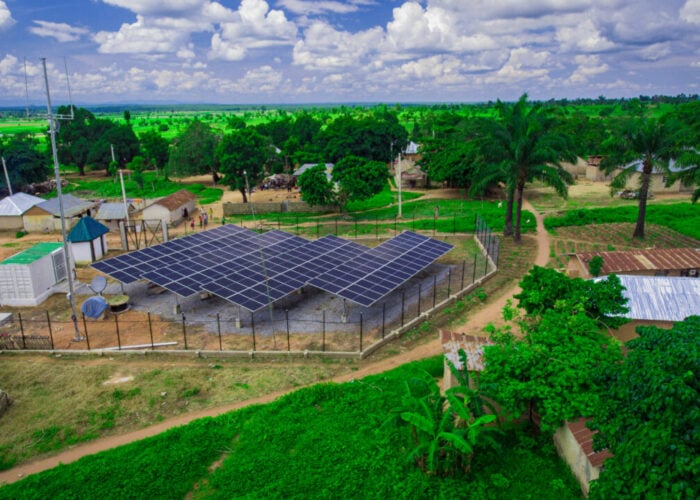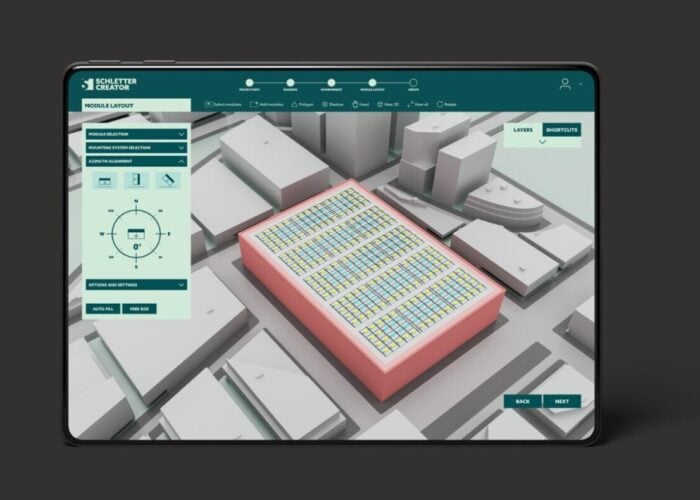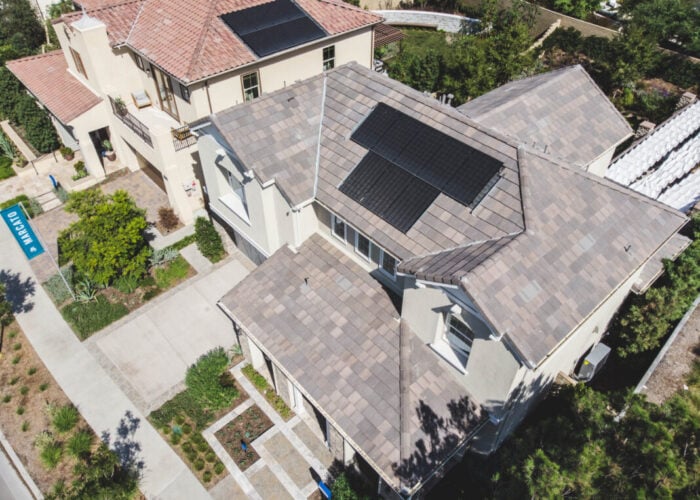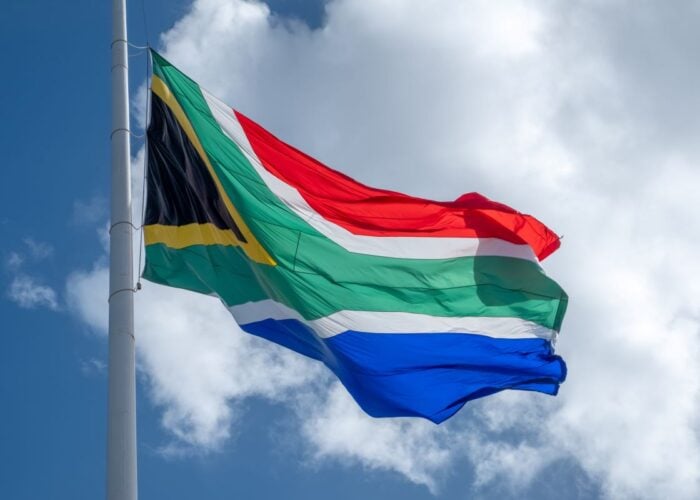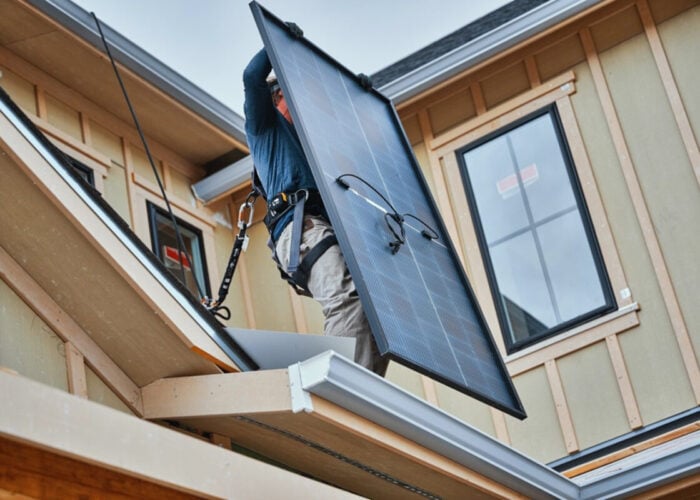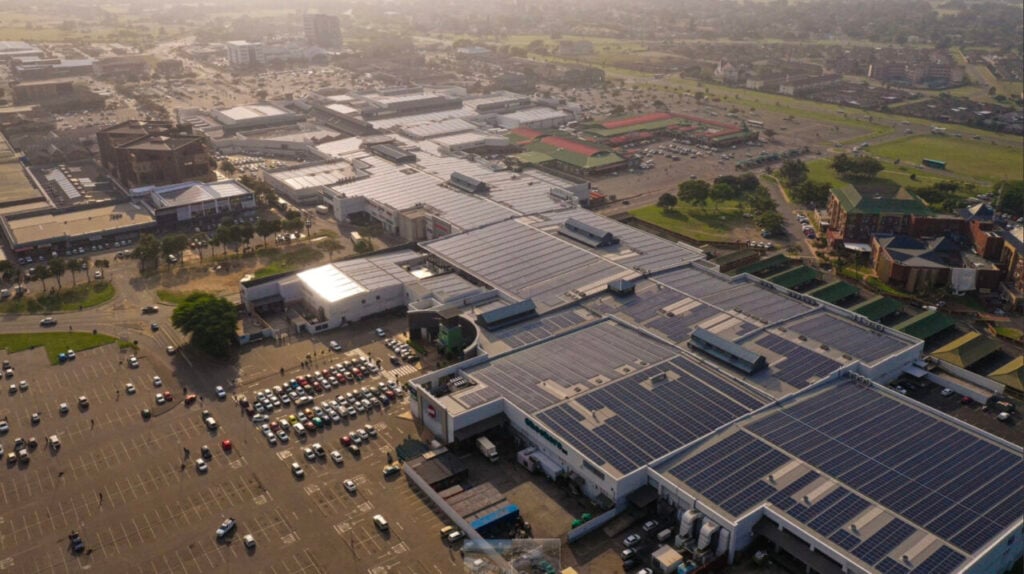
A surge in behind-the-meter rooftop solar has been one of the key factors in resolving South Africa’s persistent load shedding crisis since March this year. However, figures show that the subsequent decrease in energy security concerns has paradoxically led to a steep decline in the demand for residential PV systems.
South Africa experienced increasingly severe power outages between 2018 and 2023, sometimes lasting more than eight hours. These issues were largely addressed through improvements in the Energy Availability Factor (EAF) and better performance of coal-fired power stations.
Unlock unlimited access for 12 whole months of distinctive global analysis
Photovoltaics International is now included.
- Regular insight and analysis of the industry’s biggest developments
- In-depth interviews with the industry’s leading figures
- Unlimited digital access to the PV Tech Power journal catalogue
- Unlimited digital access to the Photovoltaics International journal catalogue
- Access to more than 1,000 technical papers
- Discounts on Solar Media’s portfolio of events, in-person and virtual
Or continue reading this article for free
The energy crisis and load shedding were by far the biggest drivers of solar adoption in South Africa over the past two to three years, De Wet Taljaard, solar energy technical specialist, at the South African Photovoltaic Industry Association (SAPVIA), tells PV Tech Premium.
Accelerating residential adoption
“It really forced people, specifically in a residential setting, to adopt solar PV and battery energy storage at a much faster rate than would have happened if it wasn’t for load shedding,” says Taljaard.
A particularly warm May, which reduced power demand, coupled with this significant rise in solar installations across residential and commercial sectors, also contributed to alleviating the load shedding crisis, according to a report by advisory firm Meridian Economics.
Meridian explains that behind-the-meter solar systems caused a marked decrease in daytime electricity demand, coinciding with peak solar production. Between 2018 and 2024, these systems reduced demand by up to 3GW during daylight hours and more than 1GW at night.
Ironically, this stabilisation of the grid has led to a sharp drop in residential solar adoption. With load shedding no longer a pressing issue, demand for household PV systems has plummeted by an estimated 65-80% compared to the peak of last year, as consumers shift from energy security to more economic motivations.
The commercial and industrial (C&I) sector also saw high adoption rates for solar-plus-storage systems, but the slowdown in that segment has been less severe, with only a 15-20% decrease. The drivers for C&I adoption differ from residential consumers, with businesses focusing on reducing operational costs and minimising their carbon footprints. Carbon border adjustment mechanisms (CBAM) and other environmental taxes are also influencing decisions in the C&I sector, according to SAPVIA.
Shifting from energy security to economics
Last year, procurement decisions were “driven by a scarcity mindset” where people were desperate to secure any form of power generation, says Taljaard, but now, the focus is on making strategic decisions and installing solar systems where tariffs justify the investment.
Rising electricity prices are further impacting PV adoption, with annual tariff increases of 12-18% over the past five years. Taljaard notes that while South Africa once had some of the world’s cheapest electricity, this is no longer the case
“With solar PV being able to come in at 30, maybe 40% of the grid tariff, it really starts to make sense from a pure cost saving perspective in a C&I market, even without load shedding and other secondary drivers,” he adds.
Despite South Africa’s ongoing reliance on coal, which accounts for 80-85% of the country’s electricity generation, the carbon intensity of the energy mix is gradually decreasing. Taljaard believes this shift, driven by international competitiveness, could prompt more industries to pivot towards solar.
Legacy reforms from the previous administration have also facilitated growth in the C&I sector, says SAPVIA’s junior technical specialist, Sinethemba Mnguni. In August 2021, the Electricity Regulation Act (ERA) Schedule 2 was amended to raise the licensing threshold for private generators from 1MW to 100MW.
By December 2022, the threshold was completely removed, resulting in over 1GW of private sector registrations with the national energy regulator in the first quarter of 2023.
However, these registrations only account for projects larger than 100kW and do not reflect activity in the residential and public sectors.
Looking ahead, Taljaard suggests that further reforms will likely take place at the municipal level, as South Africa has multiple distribution system operators within its municipalities. The next opportunity for substantial regulatory changes is expected around the 2027 municipal elections.
‘Sensitive’ consumers and continued mismanagement
While the government’s success in addressing load shedding has dampened demand for renewable energy solutions, the falling cost of solar technology and rising electricity tariffs are fortifying PV’s attractiveness to businesses and homeowners.
“The South African consumer is already distressed from a very poorly performing economy and the effects of from Covid-19,” says Thilasoni Chikwanda, executive director of Africa Sustainable Investors, a company specialising in commercial-scale solar solutions..
Such consumers are “very sensitive” and are now carefully considering their investments – whether to upgrade their homes, buy a solar system, or purchase a new car.
As energy security has improved, many consumers are opting to invest in energy efficiency rather than in full-scale renewable energy systems.
However, Chikwanda highlights that there are legacy benefits from the load shedding crisis, including an increase in the number of energy service companies and improved distribution networks. Solar equipment is now widely available, and while technical expertise has improved, the market may soon filter out lower-quality service providers as competition grows.
“With the dampening in demand, the cost of those services should go down, because there will be more supply of service providers than there is demand,” says Chikwanda. That probably will weed out the high quality from the low-quality producers.”
Last month, PV Tech Premium reported on efforts by South African PV manufacturers to partner with international tier one producers to establish local solar module assembly facilities, driven by a planned 10% import duty on solar panels. There are also concerns that the duty will hit smaller projects hardest.
Ultimately, South Africa’s public sector remains plagued by mismanagement, which has negatively impacted energy investment programs, says Chikwanda. This mismanagement contributed to delays and cost overruns in replacing aging fossil fuel plants, worsening the load shedding crisis.


